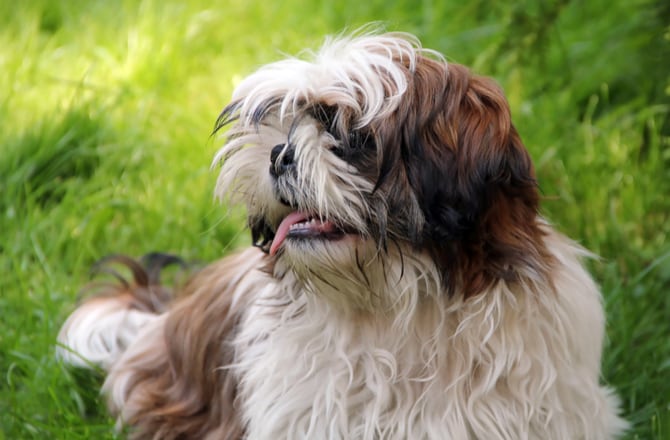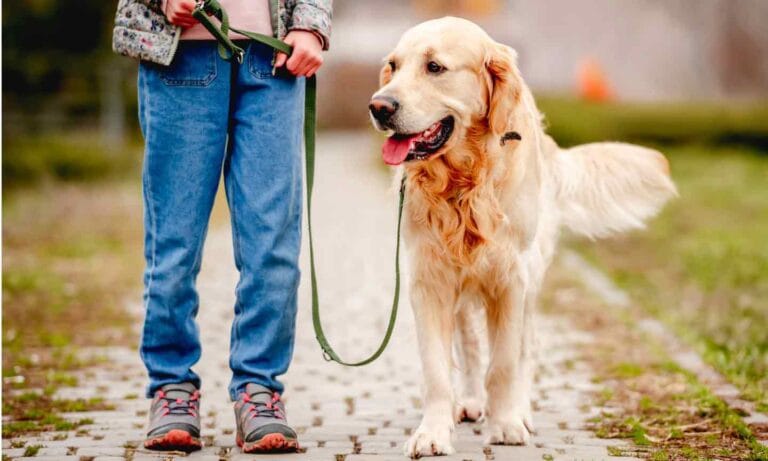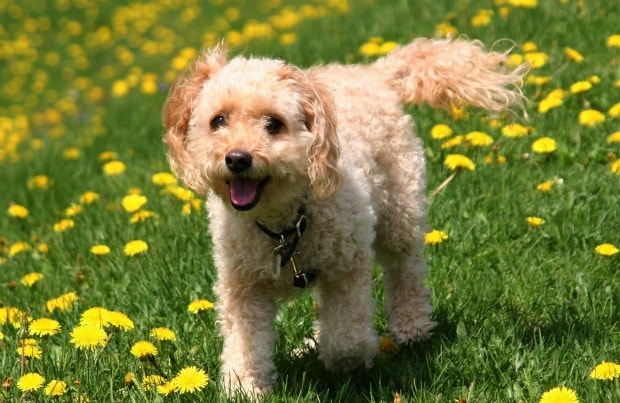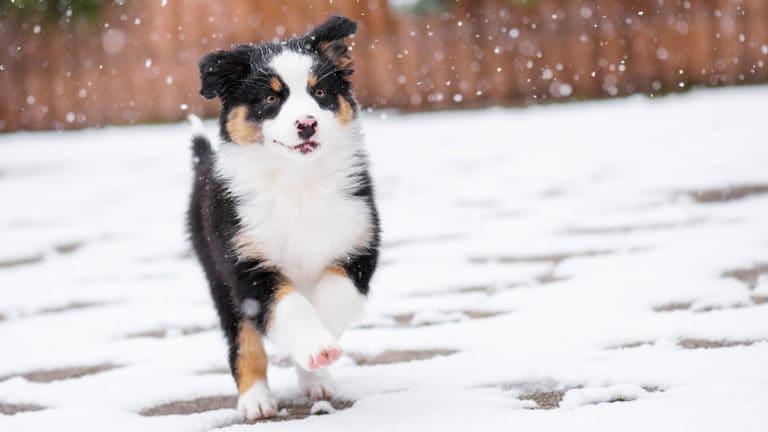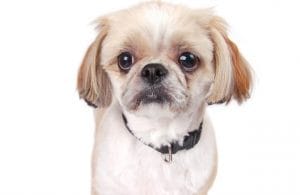Households prepping for a new pet are likely to consider many different factors about a breed before deciding which one to bring home. When it comes to dogs, things like whether or not the breed gets along with people, kids and other pets tends to top the list of questions, but another factor often follows closely behind — coat care. While some people love nothing more than a shaggy pup to brush and wash and care for, others might steer clear of a dog whose coat requires quite a lot of attention.
Whether or not you’re likely to bring a shaggy dog home yourself, there’s one thing we can probably all agree on — shaggy dogs sure are cute. Here are eight shaggy dog breeds you might not have known about, courtesy of American Kennel Club Vice President Gina DiNardo.
Old English Sheepdog
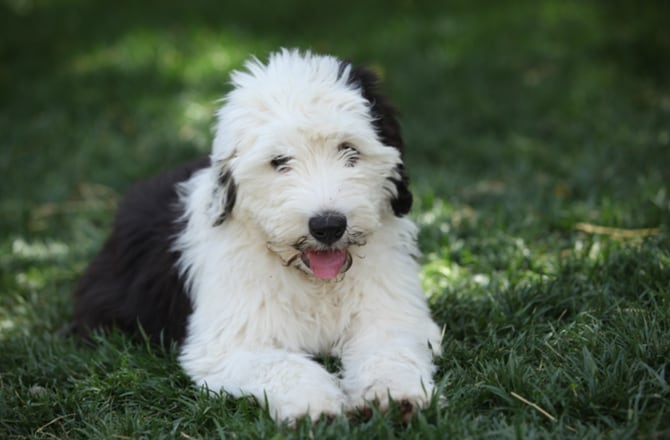
This breed, which originated in England as a herding dog, is known for its profuse coat that acts as insulation. “The Old English Sheepdog is energetic, enthusiastic and strong,” says DiNardo. “These dogs are athletic, needing regular exercise and a job to do.”
While the breed is affectionate with family members, it may try herding both people and objects because of its strong herding instincts.
Coat Care Suggestions:DiNardo suggests weekly brushing and a bath every couple months, or when needed after playing outside and getting dirty.
Learn more about the Old English Sheepdog.
Polish Lowland Sheepdog
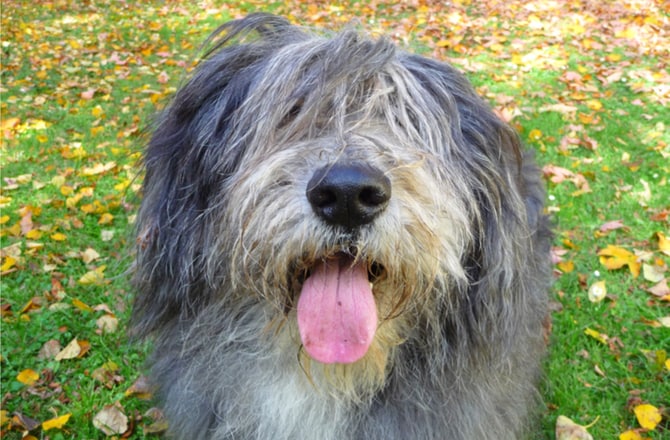
“The Polish Lowland Sheepdog — or PON, as they’re known as in the U.S. — is a herding dog from Poland,” said DiNardo. “The breed has a long, thick, shaggy, double coat with a protective coat covering its forehead, cheeks and chin.” Born workers, these active dogs need regular exercise and activity.
Coat Care Suggestions:Brush your Polish Lowland Sheepdog daily and wash it every couple of months.
Briard
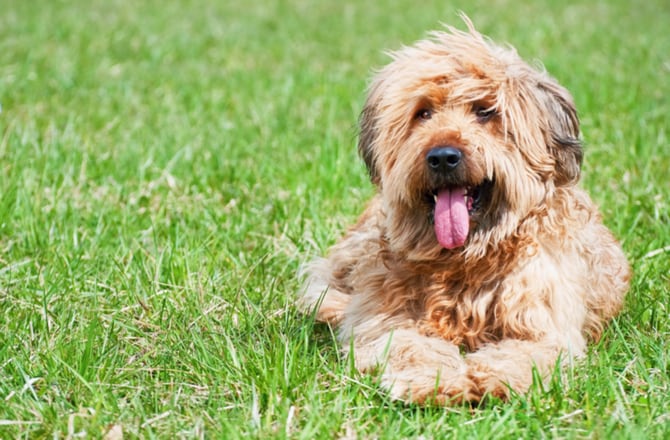
Originally used to herd flocks and guard property in France, the Briard has a long, protective, shaggy coat. “Briards are independent thinkers and are very sensitive to their families’ feelings,” says DiNardo. “They need a good deal of exercise, preferably in a fenced yard where they can run freely.”
Coat Care Suggestions:This breed’s long coat benefits from daily brushing to prevent mats. You should also wash your Briard every couple months or as needed after getting dirty.
Learn more about Briards.
Pyrenean Shepherd
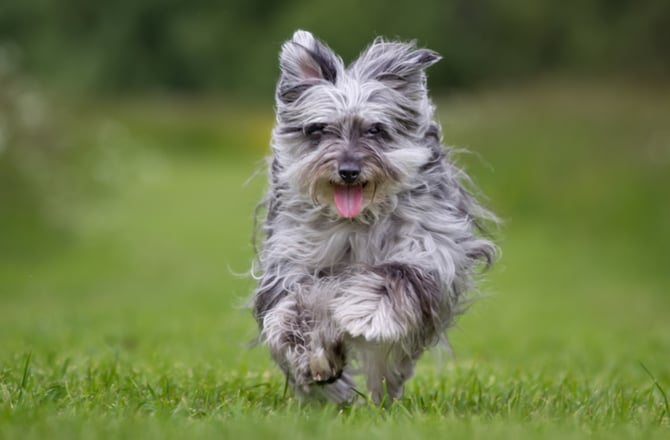
Sheepherders from Southern France, the Pyrenean Shepherd is cheerful and especially sensitive to their owner’s mood. The breed has stamina and needs activity to be happy, and the rough-faced coat of the Pyrenean Shepherd can be long and wavy.
Coat Care Suggestions:The coat of the Pyrenean Shepherd is actually quite low maintenance, says DiNardo. Brushing it twice a month and washing it every couple months will do.
Berger Picard
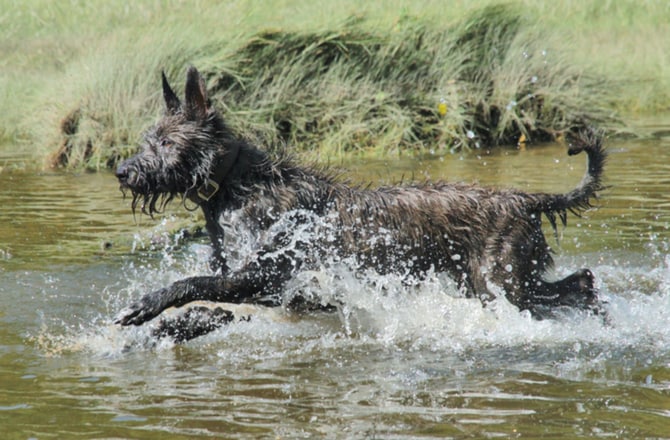
The Berger Picard is an active, athletic herding dog from France. Its weatherproof coat — which consists of a shaggy, wiry topcoat and short, dense undercoat — protects it from the elements while working. “The Berger Picard has stamina and drive for a long day’s work,” says DiNardo, “so these dogs need daily exercise and a job to do to be happy.”
Coat Care Suggestions:Monthly brushings and washings every few months will keep this breed’s coat free of mats.
Bearded Collie

The Bearded Collie originated in Scotland as a sheepdog that worked in cold, wet climates and rocky terrain of the country. The breed is protected from the elements by a harsh, shaggy, flat double coat. “The Bearded Collie is known for its bouncy, carefree attitude,” says DiNardo. “It’s a very affectionate, outgoing dog and its active nature requires daily exercise.”
Coat Care Suggestions:A Bearded Collie needs daily brushing and a wash every few months, says DiNardo.
Spanish Water Dog

A versatile herder and water retriever from Spain, the Spanish Water Dog has a distinctive curly coat that hangs in natural curls all over the body. “The breed thrives on human attention and tends to become attached to a specific person,” said DiNardo. “The Spanish Water Dog does best with active families, as the breed has a ton of energy and needs a great deal of exercise.”
Coat Care Suggestions:The coat of the Spanish Water Dog doesn’t need brushing and it only requires occasional bathing, after which it should left to air dry so it cords properly.
Otterhound
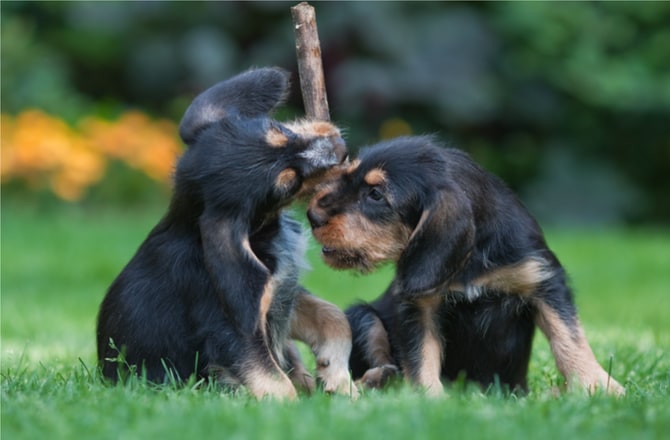
Originally bred to hunt otters in England, the Otterhound has a rough double coat that is water resistant, which helped the breed during its early days hunting in the water. “These dogs are friendly, sociable and have a sense of humor,” said DiNardo. “They have a high activity level and need daily exercise, such as jogging and running in a fenced-in yard.”
Coat Care Suggestions: DiNardo suggests weekly brushing for this breed, as well as a bath every couple months.
Cheryl Lock
Hairy Beasts
Share:
